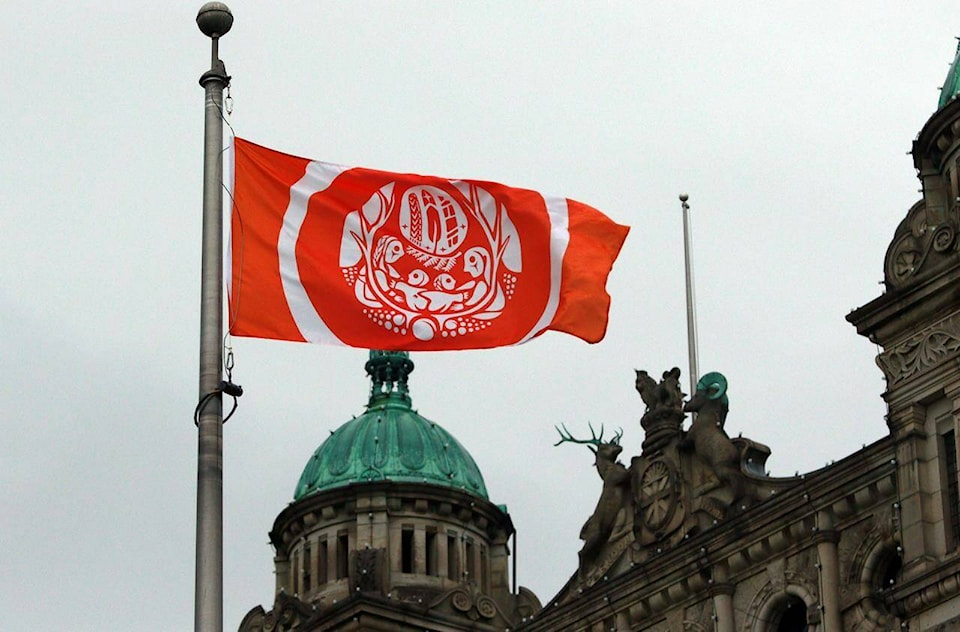There will be a lot to think about on this year’s National Day for Truth and Reconciliation, this Saturday, Sept. 30.
The annual observance, which began as Orange Shirt Day, is in large part about acknowledging and remembering the many harms done by Canada’s residential schools system.
This year’s Truth and Reconciliation Day comes just after a report by the Sto:lo Nation about deaths and unmarked graves at a number of Fraser Valley institutions – St. Mary’s Residential School in Mission, All Hallows School in Yale, and the Coqualeetza Industrial Institute and Indian Hospital in Chilliwack.
A team of researchers has pored through official records, searched for unmarked graves, and gathered oral histories from people who survived those places, and their descendants. St. Mary’s in particular had a long history, stretching from the mid-19th Century to 1984, when it finally closed its doors.
The research confirmed the deaths of 96 children between the ages of five and 20 at the Coqualeetza hospital, 37 at Coqualeetza school, 20 at St. Mary’s, and five at All Hallows School. It also located both marked and potential unmarked graves at various institutions.
These were the residential schools that “served” the Fraser Valley, where children from Kwantlen, Katzie, and other local First Nations were often sent.
READ ALSO: Uzelman: The Bank of Canada ‘is likely done with rate hikes’
Local Indigenous elders and leaders have told stories for years of family members who went off to the school and simply did not return, without explanation from the authorities.
We’ve said it before and we’ll likely say it again – true reconciliation requires truth.
That means a wide understanding of the truth of what happened at these institutions over the course of more than a century.
That understanding has to become general – non-Indigenous Canadians have to understand that this is not a history that was a one-time thing. Colonialism did not just happen once, a single incident of some unfair treaties.
It took place over several centuries, from the early days of colonization in Canada, up to the present day.
The last residential schools in Canada didn’t close until the 1990s.
When we talk about residential school survivors, we’re talking about a multi-generational story, that comes right down to the present day. There are thousands of living witnesses to the residential school system.
There remains a great deal of work to do before we can even say we know the full truth. Reconciliation has to be built on a foundation of truth.
